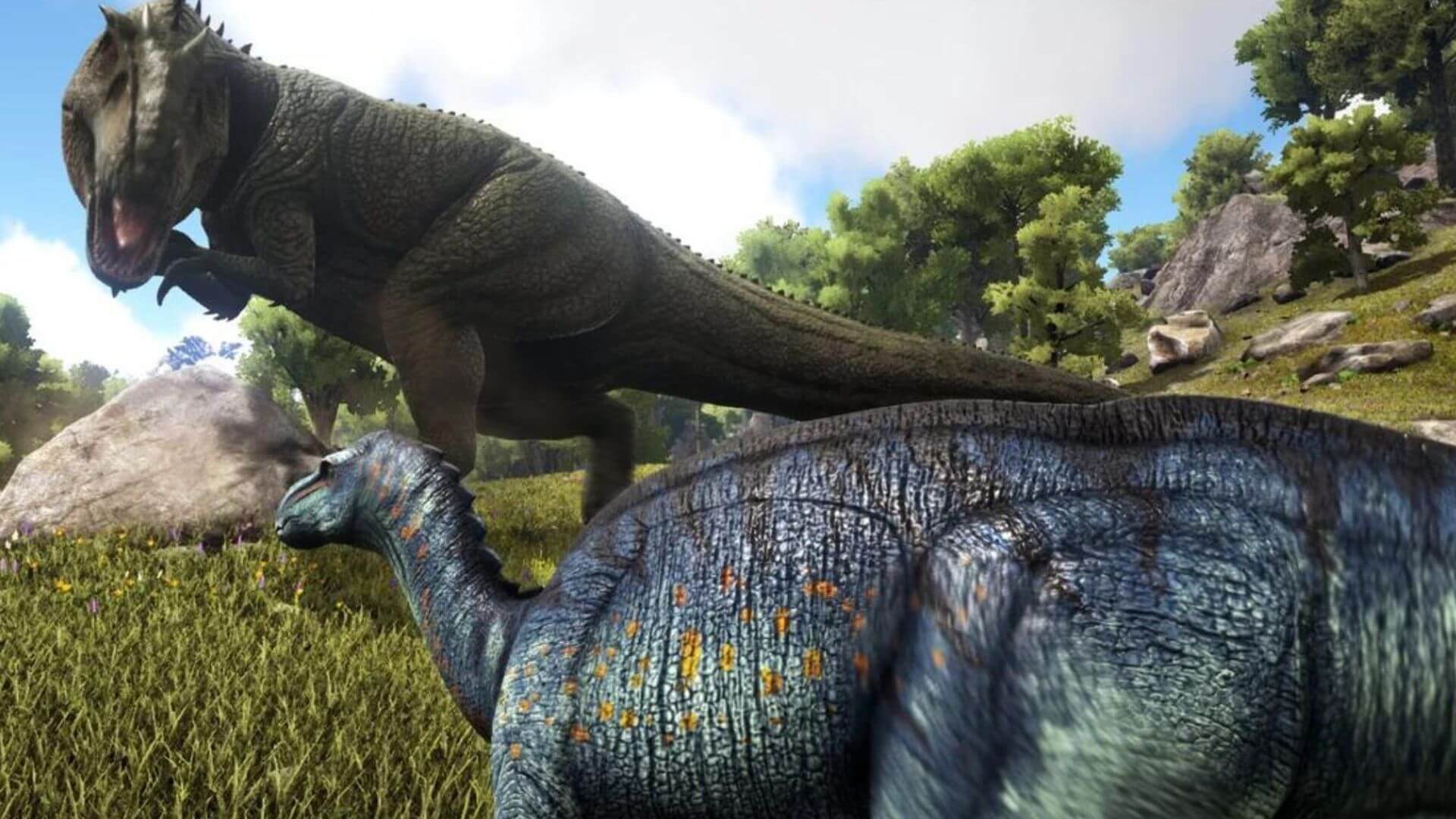Welcome to the ultimate Ark: Survival Evolved kibble farming guide! Kibble is an essential part of taming and breeding creatures in Ark, and having a well-organized kibble farm is crucial for your success in the game.
This guide will provide you with a comprehensive and organized list of recommended creatures for kibble farming on various Ark maps. Remember that these recommendations are based on our opinions and experiences, but they are sure to help both new and experienced players.
1. Kibble Farming on The Island
1.1 Extra Small Eggs
-
Dodos (1 male, 4 females)
-
Dilos (1 male, 6 females)
1.2 Small Eggs
-
Oviraptors (1 male, 4 females)
-
Compy (1 male, 6 females)
-
Dimorph (1 male, 5 females)
1.3 Medium Eggs
-
Anky (1 male, 1 female)
-
Ichthyornis (1 male, 4 females) (Note: Breed these creatures to avoid having to tame more)
-
Iguanodon (1 male, 2 females)
1.4 Large Eggs
-
Moschops (1 male, 4 females) (Note: Breed these creatures as they are excellent substitutes for Therizinos)
-
Theri (1 male, 2 females)
-
Rex (Consider breeding these creatures for boss fights)
1.5 Special Eggs
-
Deinonychus (1 male, 3 females)
-
Yuty (1 male, 4 females)
2. Kibble Farming on Scorched Earth
2.1 Extra Small Eggs
-
Lystro (1 male, 4 females)
-
Vulture (1 male, 6 females)
2.2 Small Eggs
-
Camel (1 male, 4 females)
-
Raptors (1 male, 6 females)
2.3 Medium Eggs
-
Anky (1 male, 1 female)
-
Terror Birds (1 male, 4 females)
2.4 Large Eggs
-
Moschops (1 male, 4 females) (Note: Breed these creatures as they are excellent substitutes for Therizinos)
-
Rex (Consider breeding these creatures for boss fights)
2.5 Special Eggs
-
Deinonychus (1 male, 3 females)
-
Yuty (1 male, 4 females)
3. Kibble Farming on Aberration
3.1 Extra Small Eggs
-
Dodos (1 male, 4 females)
-
Featherlight (1 male, 6 females)
3.2 Small Eggs
-
Raptor (1 male, 4 females)
-
Glowtail (1 male, 6 females)
3.3 Medium Eggs
-
Anky (1 male, 1 female)
-
Iguanodon (1 male, 2 females)
3.4 Large Eggs
-
Moschops (1 male, 4 females)
-
Basilisk (1 male, 2 females)
-
Spino (Consider breeding these creatures for boss fights)
3.5 Special Eggs
- Deinonychus (1 male, 3 females)
4. Additional Tips for Kibble Farming
-
The creatures listed above are chosen for their ease of taming and availability. Some of them, such as the Moschops and Ichthyornis, might seem unconventional, but they are relatively easy to tame once you have a decent setup.
-
This guide focuses on the Island, Scorched Earth, and Aberration maps, as players often find it challenging to locate and tame suitable creatures for kibble farming on these maps. However, if the creatures listed here also spawn on other maps, you can use this guide for those maps as well.
-
As new maps are released, we will update this guide accordingly. We also plan to add more map-specific guides in the future to cover all available maps in Ark: Survival Evolved.
-
When setting up your kibble farm, it's crucial to ensure that you have adequate space and resources to accommodate and maintain the creatures you've chosen for farming. Consider building a secure and well-organized pen or enclosure to house your creatures and protect them from potential threats.
-
Be mindful of the temperature and environmental requirements of your creatures. Some creatures may need specific conditions to lay eggs or thrive, so make sure you meet these requirements to maximize your kibble production.
-
Always keep an eye on your creatures' food and health, as a well-fed and healthy creature will produce more eggs. Make sure to provide them with enough food and water, and use feeding troughs to help automate the feeding process.
-
Consider using Oviraptors to increase egg production in your farm. Oviraptors, when set to wander and correctly weighed down, provide a passive buff that boosts egg-laying rates for nearby creatures.
-
Finally, be patient and persistent when building and managing your kibble farm. It may take some time and effort to establish a successful and efficient farm, but the rewards are well worth it in the long run.
With this comprehensive guide, you'll be well on your way to creating a thriving kibble farm in Ark: Survival Evolved. As you continue to explore new maps and tame different creatures, remember to adapt your strategies and stay informed on the latest tips and tricks for kibble farming. Good luck, and happy farming!

